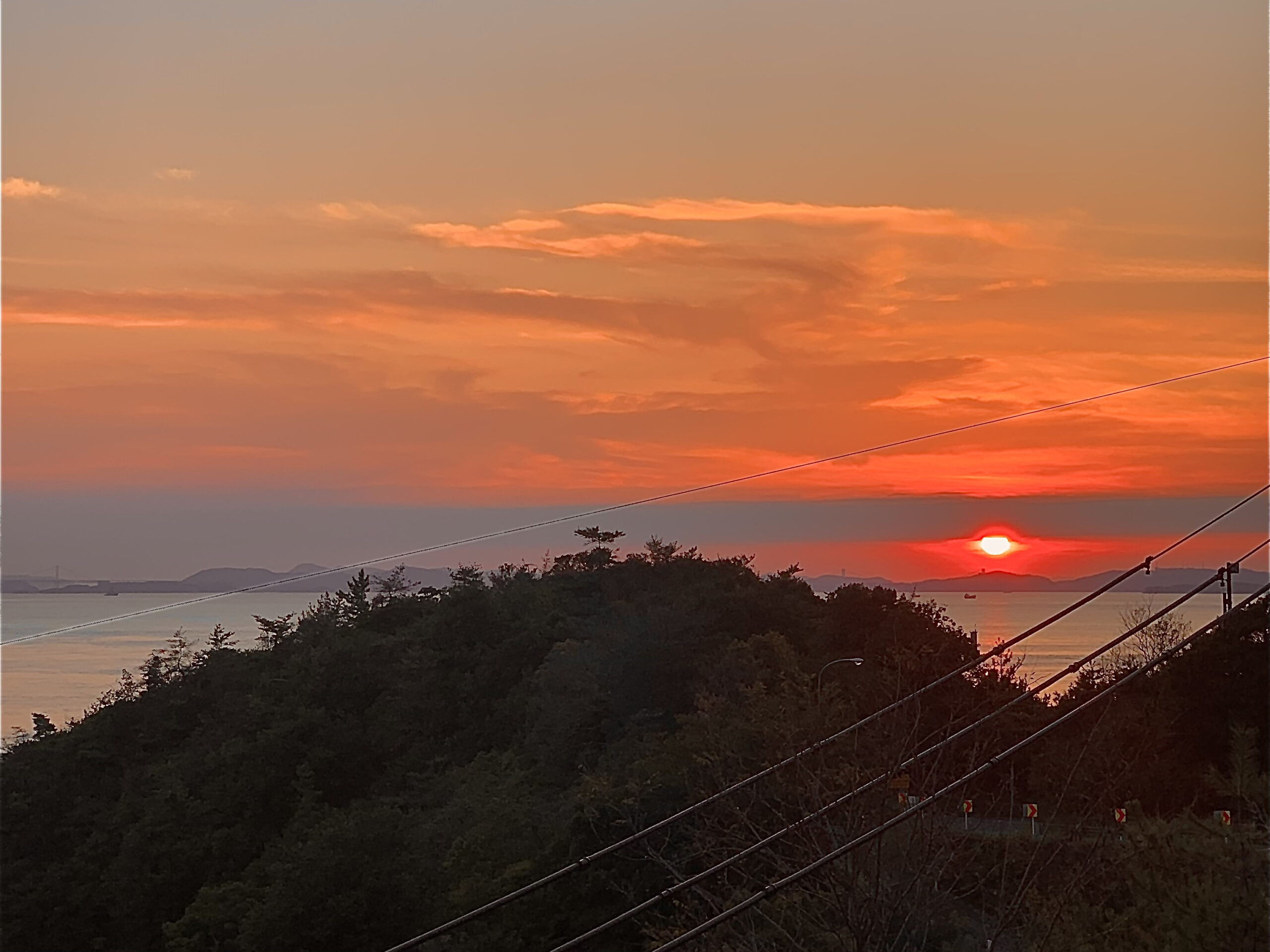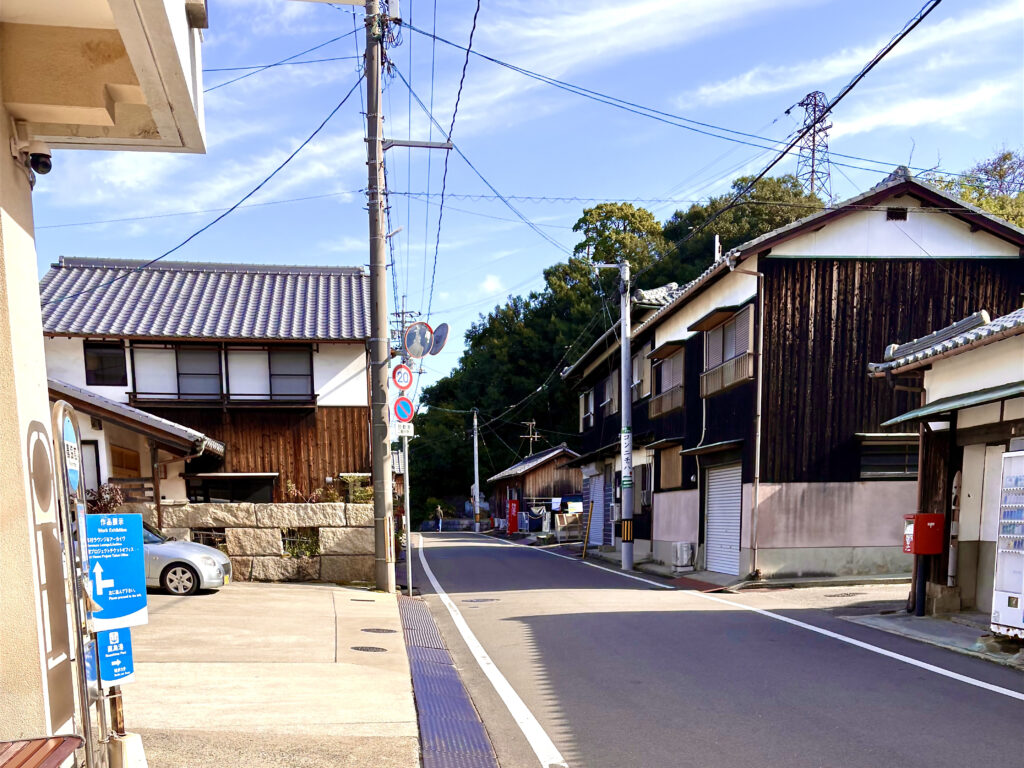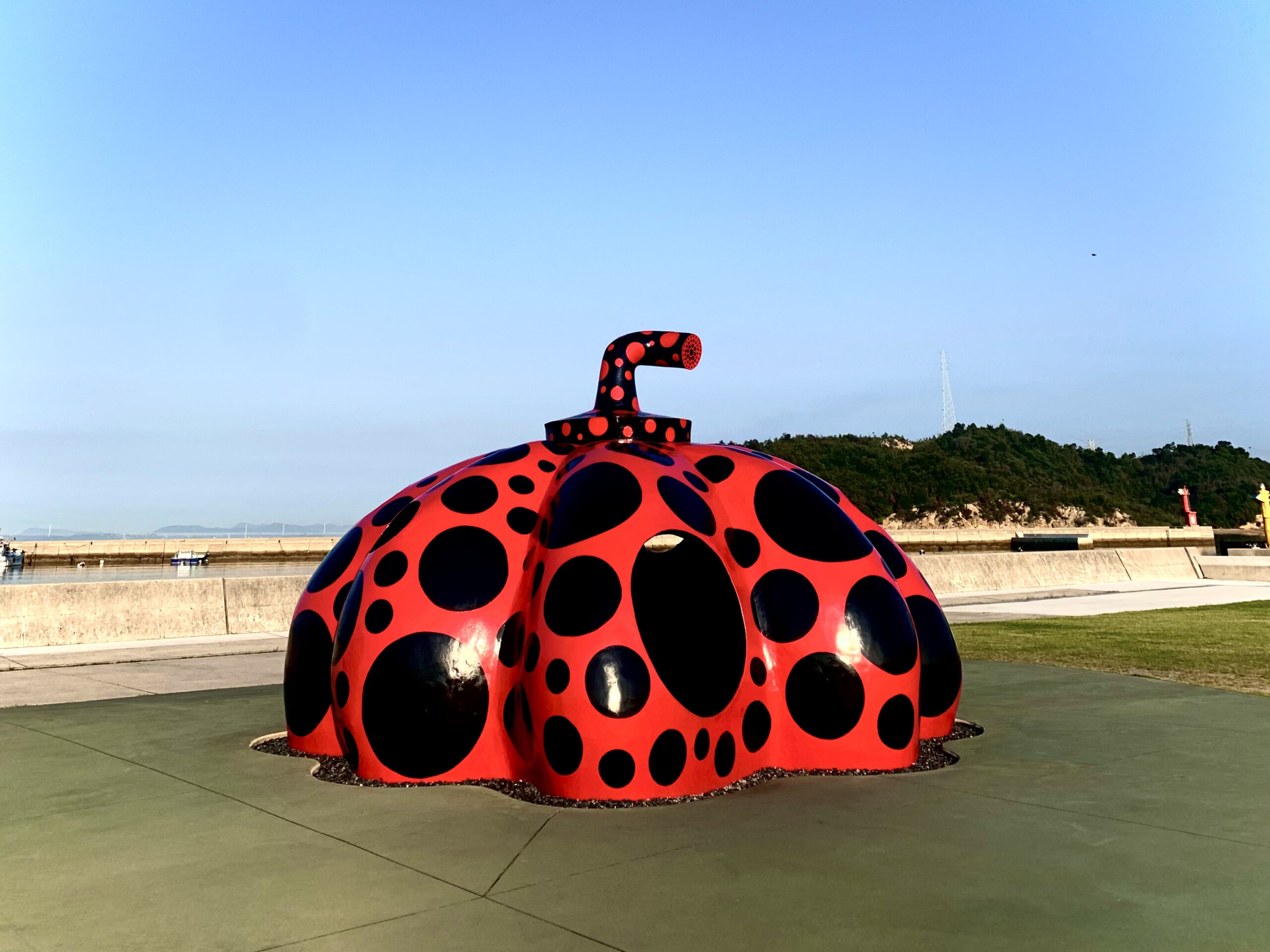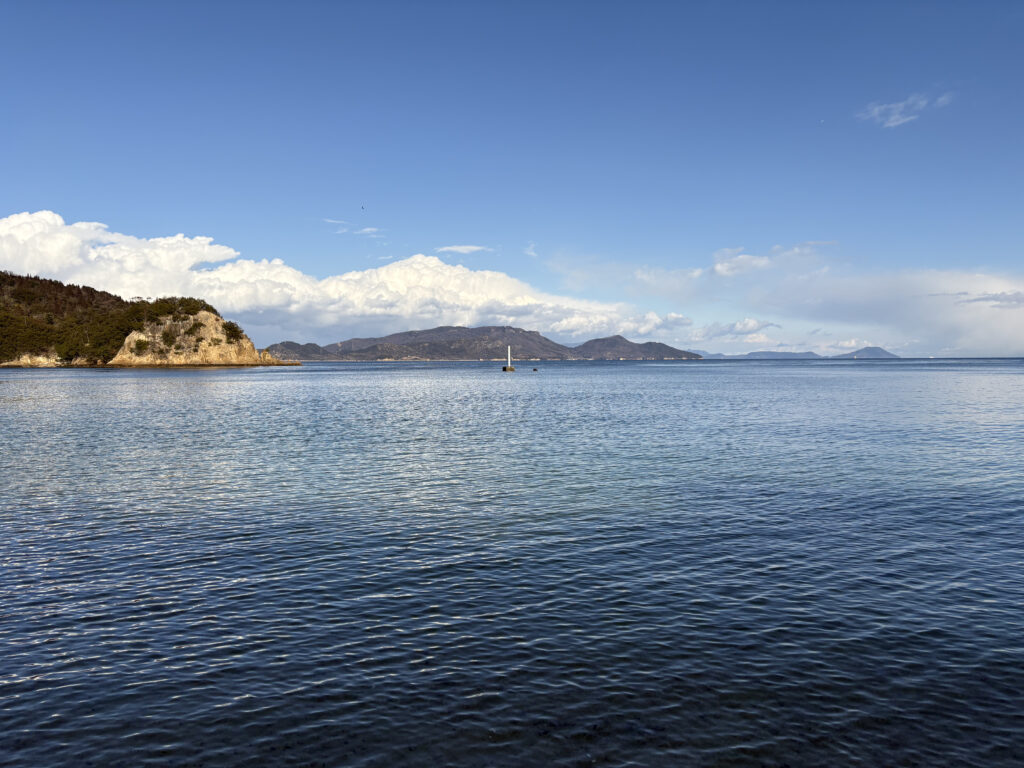Understanding Japan Through Art: Lessons from Naoshima

Different countries have distinct languages, histories, and cultures, and understanding these differences is never easy.
However, through art, the often obscured aspects of a culture can become clearer.
Art provides a filter that illuminates what may otherwise be difficult to grasp.
Naoshima, with its entire island transformed into an art space, offers a rare opportunity to understand Japan, its history, its people, and its unique artistic sensibilities.
Naoshima is not just about contemporary art; it’s a place where the essence of Japan, its philosophy, and its deep cultural roots are expressed through art.
In the presence of art, visitors are encouraged to think and feel deeply, gaining insights into Japan’s artistic soul and the values that shape the country.
1.Art as a New Perspective

The art on Naoshima is not merely something to look at; it is designed to engage visitors, sparking reflection and emotional response.
Through art, visitors can grasp the underlying aspects of Japan’s culture, history, and philosophy—elements that go beyond the surface.
The landscapes of the island, its natural beauty, and the daily lives of its inhabitants intertwine with the art, allowing visitors to connect with the country on a deeper level.
Japanese beauty is deeply rooted in a sense of harmony with nature and a respect for simplicity.
Many of the island’s art installations embody these principles, subtly communicating Japan’s aesthetic values.
By experiencing the art on Naoshima, visitors can better understand what Japanese people have cherished for centuries.
2.Discovering Japanese Artistic Sensibilities

Naoshima’s art scene is at the forefront of contemporary art, yet it also deeply reflects traditional Japanese cultural values.
Many art installations and architectural designs on the island reveal the influence of fine craftsmanship and a strong connection to nature.
These elements are rooted in the centuries-old artistic sensibilities of Japan.
Japanese art is not only about seeking aesthetic beauty but also about conveying deeper philosophies and thoughts.
The art on Naoshima often expresses abstract beauty, encouraging visitors to look beyond the surface and explore the meanings hidden within.
Understanding Japanese art requires an ability to decode these subtle messages and engage with the profound ideas behind them.
3.Towards Peace Through Art

In today’s world, conflict and division remain widespread, but art has the unique ability to transcend national boundaries and bring people together.
By engaging with art in Naoshima, visitors can deepen their understanding of Japan and, by extension, gain a greater sense of empathy for other cultures.
Art goes beyond being a visual experience—it serves as a bridge to understanding and connecting with people of different values and backgrounds.
Visiting Naoshima and experiencing Japanese art can foster a deeper appreciation for other cultures, helping pave the way for a more peaceful world.
4.Conclusion: Discovering the Heart of Japan on Naoshima
Naoshima is not just a place for sightseeing; it is a space for discovering the essence of Japan through art.
It offers visitors the opportunity to connect with Japan’s history, culture, and values through its art, architecture, and natural landscapes.
By experiencing the island’s unique art, visitors gain a new perspective on Japan’s artistic heritage and the deep philosophies that underpin its culture.
